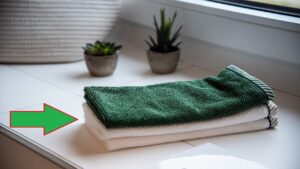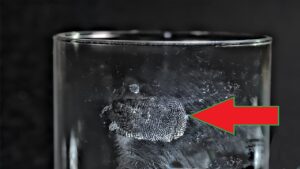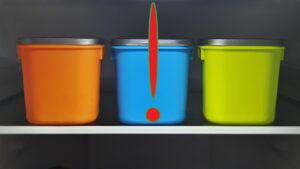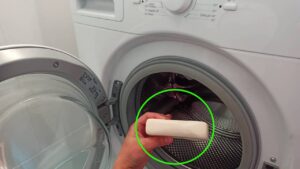Stains and Marks on the Dish Drainer, Use This Trick and They Will Disappear
We use a significant amount of water daily. While it’s important to eliminate waste, especially with the ongoing climate emergency, we need it to carry out a whole series of essential tasks. However, this usage comes with a cost, not only on our water bills but also on kitchen utensils like dish drainers.
The trick to remove stains and streaks from the dish drainer
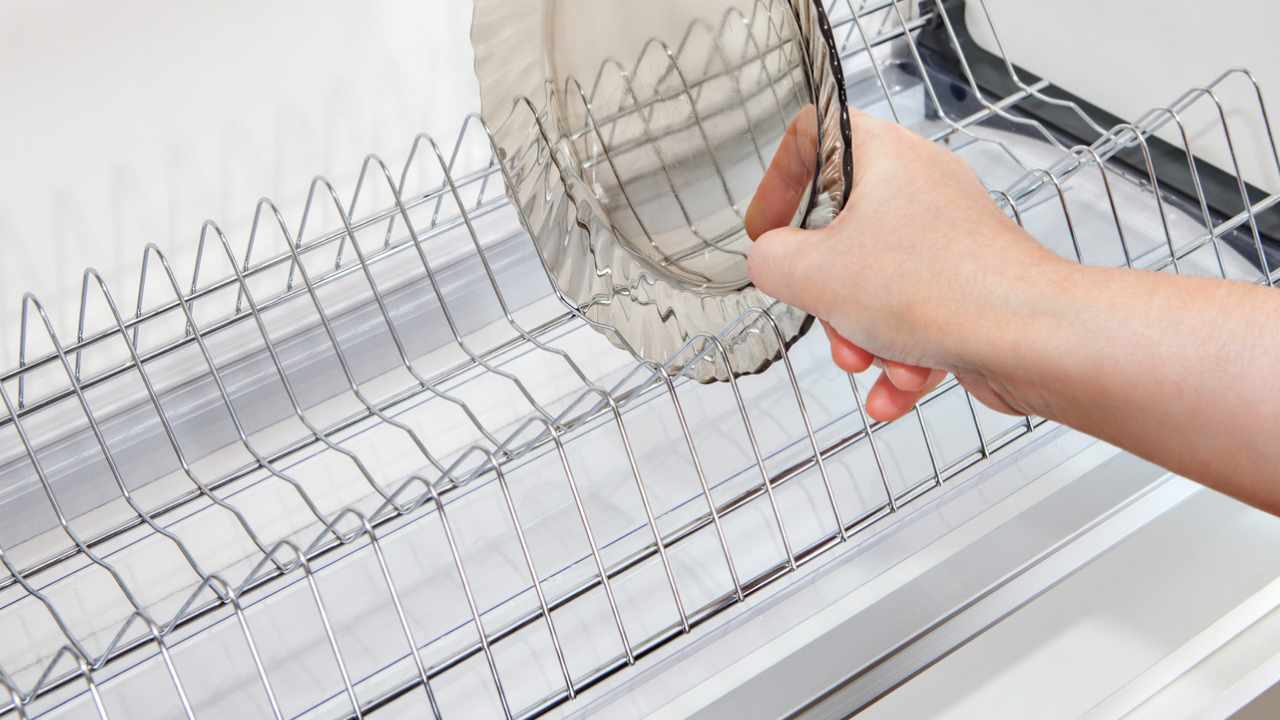
Limescale buildup can leave noticeable stains, and it’s essential to know how to address this issue. What are the best remedies for removing encrustations? This is an excellent question. Despite what you might think, it is better to leave aside the products developed by companies in the laboratory.
For savings and well-being, it’s a good idea to consider organic solutions. The choice of the method will depend on the material your dish drainer is made of. Let’s find out the best mixtures for effectively removing limescale stains and streaks.
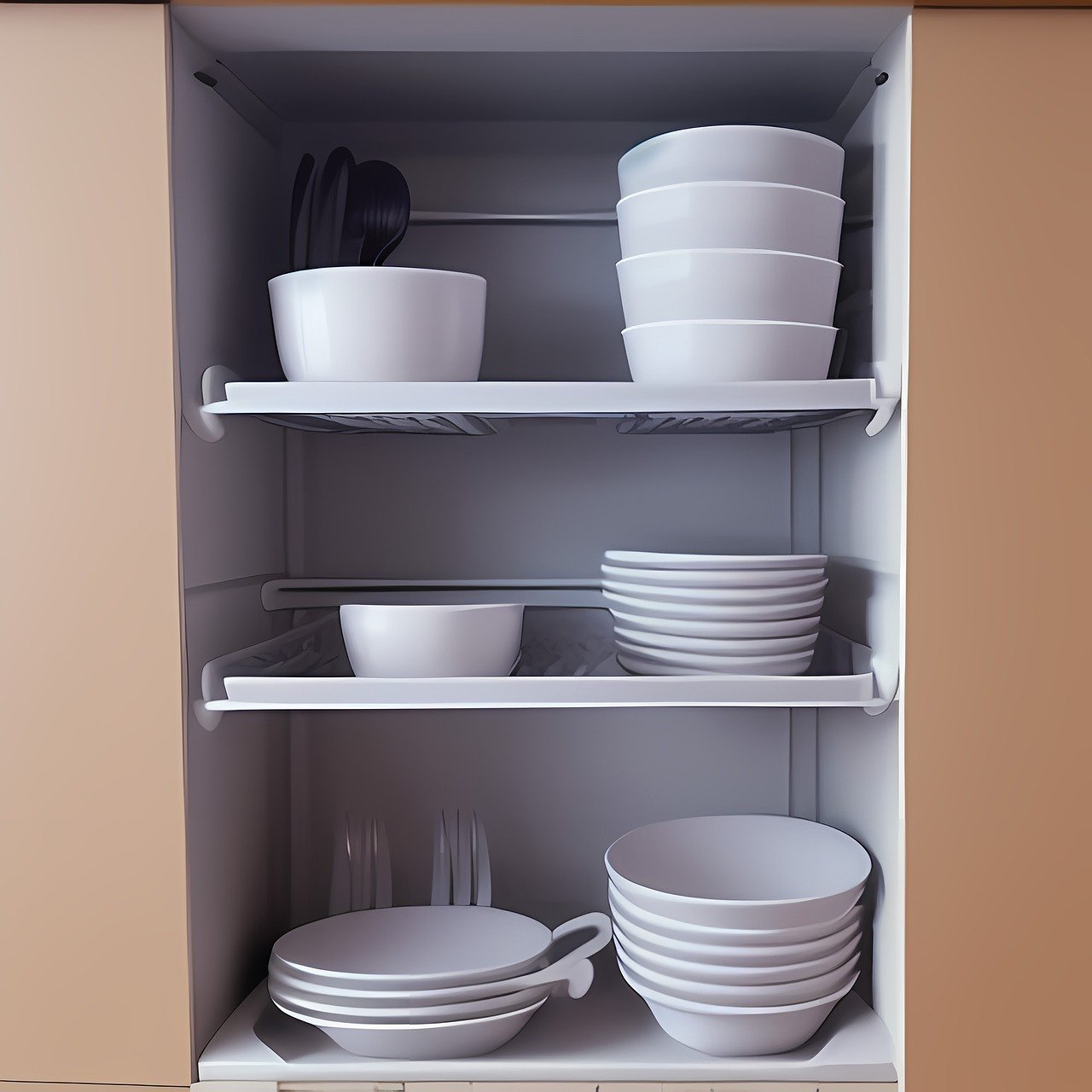
Usually, dish drainers are made of steel or plastic. If this is the case, you’re in luck, given their good resistance. While there’s a possibility of some parts yellowing over time, you can effectively tackle this issue with a readily available item you likely already have in your pantry – sodium bicarbonate!
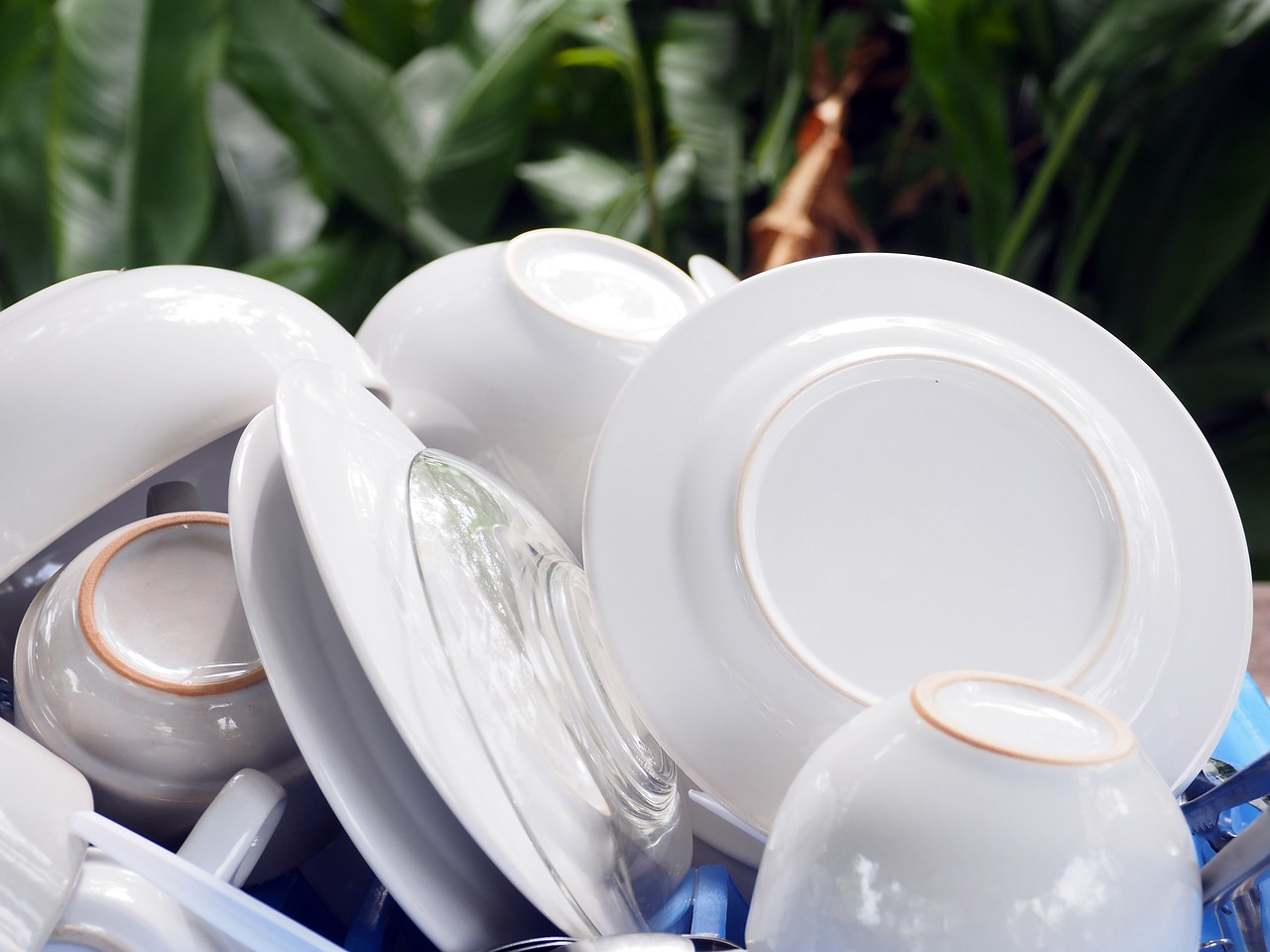
Absolutely. Once again, we encourage you to make use of it, as sodium bicarbonate is highly effective for both removing limescale deposits and whitening. Simply mix it with water until it forms a thick paste. Then, dip a sponge (abrasive for plastic, nylon for steel) into the paste and use it to clean the surfaces. If that’s not enough, add white vinegar or citric acid (150 grams in one liter of water).
If your dish drainer is made of wood, you can effectively clean it by applying a mixture of water and white vinegar and leaving it to act for about half an hour. Then, all you have to do is air dry.
